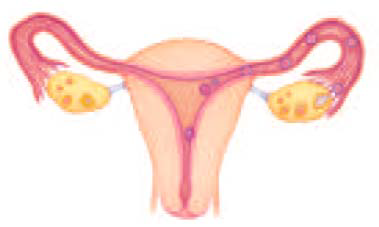The accompanying figure illustrates the process of human development from fertilization to implantation. Describe what happens from day 1 through days 6-7 of this process

ANSWER: Students should outline how a blastocyst forms into an early embryo, and implants itself in
the endometrium. They may include some of the following steps.
DAYS 1–2. The first cleavage furrow extends between the two polar bodies. Later cleavage
so cells become asymmetrically arranged. They are loosely organized with space between
them.
DAY 3. After the third cleavage, cells abruptly huddle into a compacted ball, and tight
junctions among the outer cells stabilize.
Gap junctions formed along the interior cells enhance intercellular communication.
DAY 4. By 96 hours, the embryo is a solid ball of cells called a morula. Cells of the surface
layer will function in implantation and give rise to a membrane, the chorion.
DAY 5. A fluid-filled cavity called the blastocoel forms in the morula and the inner cell mass
forms. Differentiation occurs in the inner cell mass and gives rise to the embryo proper. This
embryonic stage is the blastocyst.
DAYS 6–7
. Some of the blastocyst’s surface cells attach themselves to the endometrium and start to
burrow into it. Implantation has started
You might also like to view...
Water has fewer hydrogen atoms than lemon juice and a pH of around 7. Predict what will happen to the pH level of water when lemon juice is added.
A. The pH will become higher. B. The pH will become lower. C. The pH will remain the same. D. There is not enough information to decide.
What is the key concept addressed by the question?
What will be an ideal response?
Luteinizing hormone
a. stimulates ovulation. b. has no function in males. c. is produced by the corpus luteum. d. stimulates milk production. e. promotes bone and soft tissue growth.
Genes are
a. located on chromosomes. b. inherited in the same way as chromosomes. c. arranged in linear sequence on chromosomes. d. may be exchanged between homologous chromosomes. e. all of these.